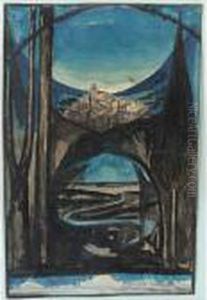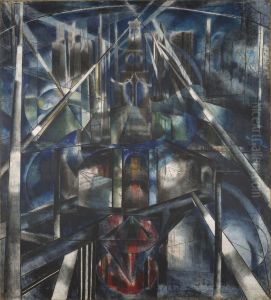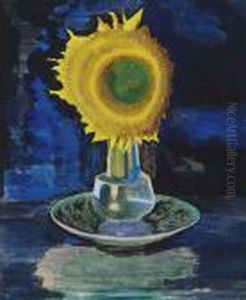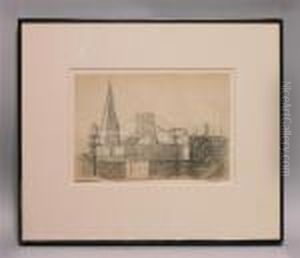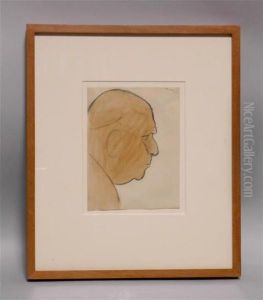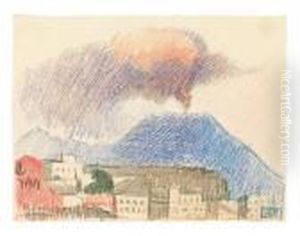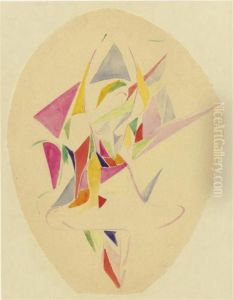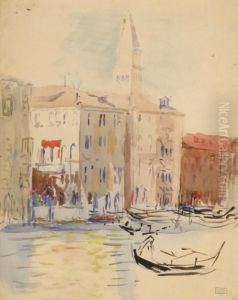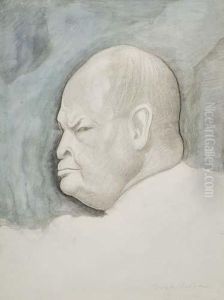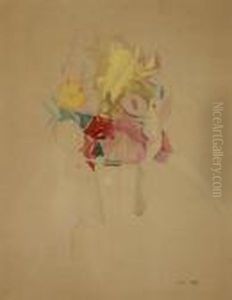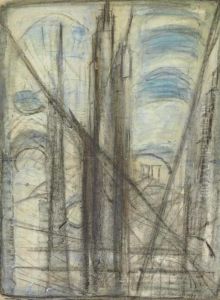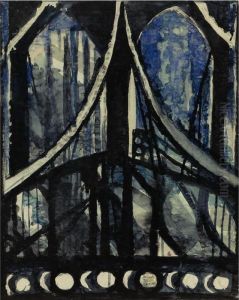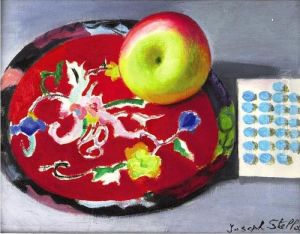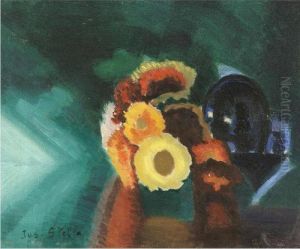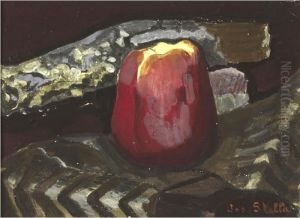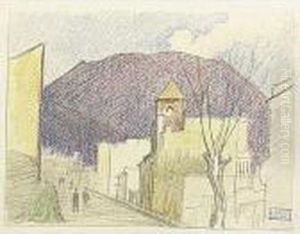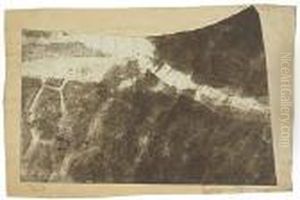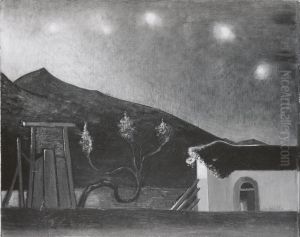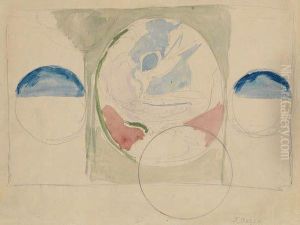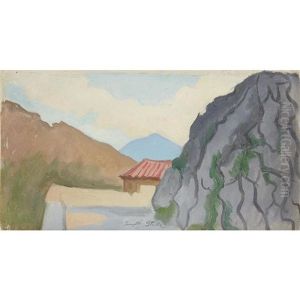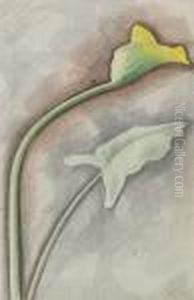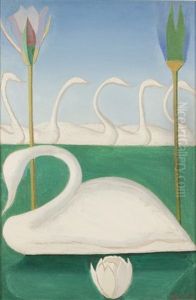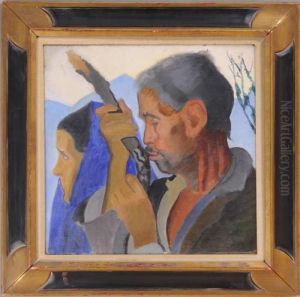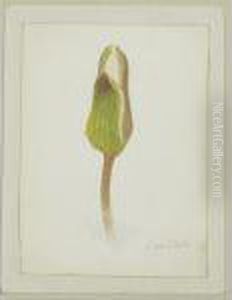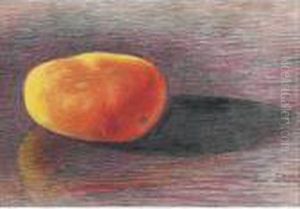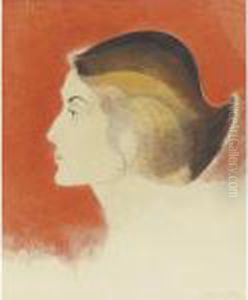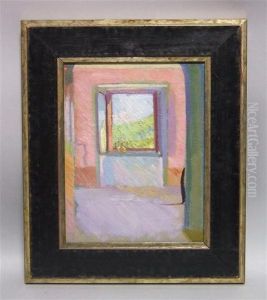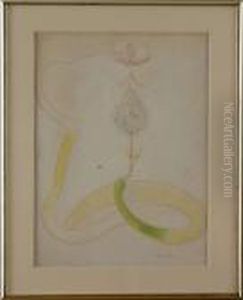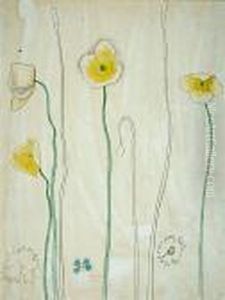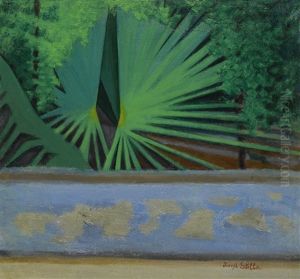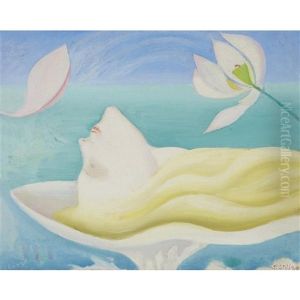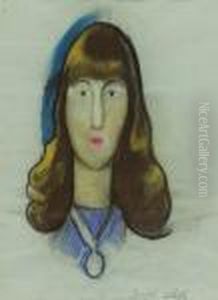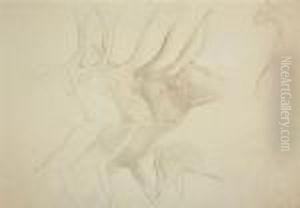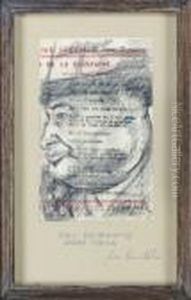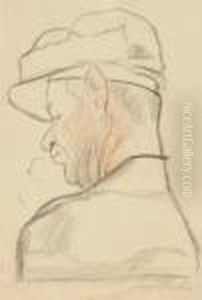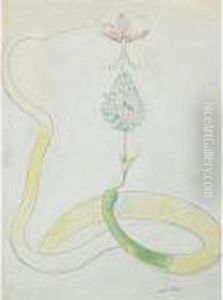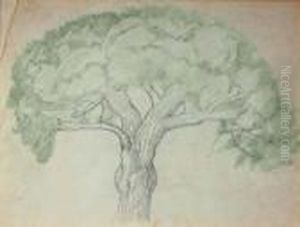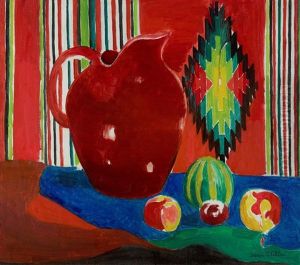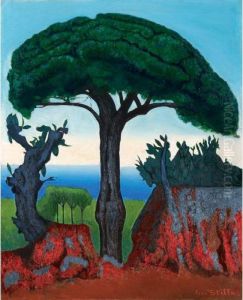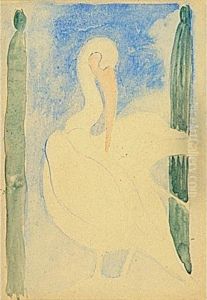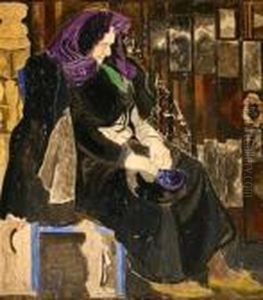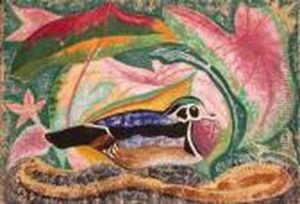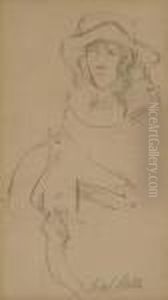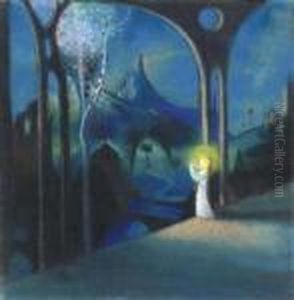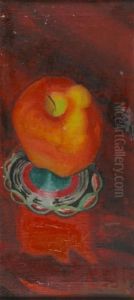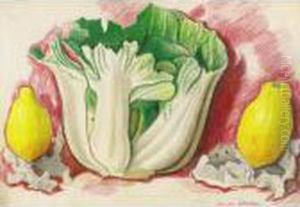Joseph Stella Paintings
Joseph Stella was an Italian-born American Futurist painter best known for his depictions of industrial America and highly stylized, dreamlike portraits of urban life. He was born Giuseppe Michele Stella on June 13, 1877, in Muro Lucano, Italy. In 1896, he emigrated to the United States to join his family in New York City, where they had settled earlier.
Stella initially studied medicine to please his family but soon turned to art, enrolling at the Art Students League of New York, and later studying at the New York School of Art. His early works were influenced by the Ashcan School of realist painters, and he began to gain recognition for his illustrations published in magazines such as 'The Outlook' and 'The Survey'.
In 1909, Stella returned to Italy, where he was exposed to modern European art movements, including Futurism, which greatly influenced his style. He was particularly struck by the dynamic and energetic qualities of Futurist art, which sought to capture the speed and technology of the modern era. When Stella returned to the United States in 1913, he brought with him the Futurist aesthetic, which he incorporated into his depictions of New York City. His best-known work from this period is 'The Voice of the City of New York Interpreted', a five-panel painting that captures the vibrancy and chaos of New York City.
Throughout the 1920s and 1930s, Stella's work continued to evolve. He traveled extensively, and the influence of other styles, such as Precisionism, Surrealism, and Art Deco, can be seen in his art. His subjects expanded to include nature, religious themes, and depictions of his Italian heritage, such as his series on the Madonna and the festas of Southern Italy.
Despite his evolution as an artist, Stella remained best known for his powerful images of the Brooklyn Bridge, which for him symbolized the gateway to America and the technological triumph of his era. These works blend abstraction with precise architectural detail, showcasing Stella's unique ability to meld various art movements into his own distinctive style.
Joseph Stella's work is celebrated for its technical skill and its emotive portrayal of the modern world. He remains an important figure in the development of early American modernism. Stella died on November 5, 1946, in New York City. His legacy is preserved in the collections of many major museums across the United States, including the Whitney Museum of American Art, the Metropolitan Museum of Art, and the Philadelphia Museum of Art.

